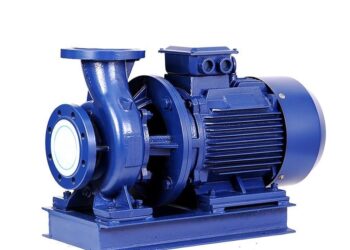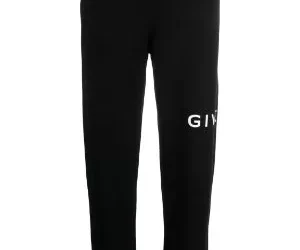Silicone dielectric grease is used for protection against moisture and corrosion. It is a silicone-based material that is used for keeping harmful environmental elements like water and dirt out of electrical connections. Thermally conductive grease can also conduct electricity so it should be kept in mind to not apply it directly on the mating surfaces. And the material compound is the sole reason for electric conductivity; electricity conduction depends on the compounds present in the thermally conductive grease.
The silicone dielectric grease is silicone-based that’s why it is never applied on rubber or plastic-based substrates. Doing so can break down the surface over time with use and reduce the strength of the surface. There are various uses of conductive greases like automotive, electrical work, vehicle wiring. The dielectric grease doesn’t get dissolved in water like many other conductive greases so this feature makes it a favorite to be used in marine and any other outdoor applications. Find out more applications and uses as given below:
The applications and uses of conductive greases
Dielectric greases are used for many reasons. There is a vast range of applications like ignition systems, bulb sockets, electrical connectors, and headlamp connectors in vehicles, ignition coil connectors for heavy and commercial automobiles. These are also used for applications such as battery terminals, and spark plugs. This is used in battery terminals because it prevents corrosion.
It prevents voltage leakage in the high-energy ignition system. It can be also used to create a terminal between connectors and heat shrink terminals like spades and rings. These are very common to use for electrical connectors such as connectors with rubber gaskets. If it is used with a rubber gasket it works as a sealant and nonconductive material. It is also available in spray form and it is beneficial as the spray reaches the internal parts of components where other tools or the finger can’t reach.
There is also a vast range of its uses in spark plugs and connections where high voltage is seen. If thermally conductive grease is applied to the bottom of the spark wires that will help it to get in smoothly creating a lube. It also works as a sealant for the rubber boot and acts as a deterrent and prevents it from getting stuck into the ceramic mold. The spark plugs are used with high temperatures and silicone dielectric grease has the capacity to withstand the temperature.
One other use of dielectric grease can be described on the gaskets of multi-pin connectors or rubber surfaces. This is very common in the trucks and engines of automotive vehicles. For this particular application, it works both as a sealant and lubricant. This is for the non-conductive mating surfaces. But the grease is not suitable to be applied on the connector’s electrical conductive surfaces.
Benefits of Dielectric Grease
Dielectric grease has various benefits and these advantages are more helpful if the grease is used correctly. The best advantage is that it creates a seal on the metal surfaces. It also protects the metal parts of the electrical systems from corrosion and deterioration. It can withstand high temperatures while maintaining the sealant quality up to 500 degrees Fahrenheit.
The second most advantage is the protection for plastics and rubber components. The electrical systems and the computer chips are protected from fire and other environmental hazards. The dielectric grease also reduces the wear and tear of coupling and the mating surfaces. The layered coating is applied on the connecting surfaces to reduce the resistance, it also prevents oxidation.
The silicone-based material insulates the electrical system; it also has the feature of prevention against the buildup of an oxide layer. If this layer is allowed to sit then it results in signal loss and high resistance. It also eliminates shorts between the pins. One another advantage can be seen as the lubricating engine components for speedometer cables and distributor caps, rotors, and many other parts of electrical systems.
How to Choose the Right Silicone Grease
The engineers and designers need to be sure of some issues that can come with the wrong product selection. The sourcing managers also must ask and answer a few of the questions that are needed for the right product selection. For example, if there is the need for reliable lubrication to be used at lower temperatures or you need excellent performance at higher temperatures. Does your application require both features? In some applications, you might need light, medium, or heavy-bodied greases. As an experienced and authorized supplier of thermally conductive greases, E Control Devices can help you to choose the right product for your application.
Conclusion
Silicone dielectric grease is silicone-based combining materials. It is also waterproof grease with a thickener which is known as polydimethylsiloxane (PDMS). This thickener is amorphous fumed silica, when combined with each other this silicone grease becomes a white paste with viscous properties that are based on the proportion and type of the components being combined together.
The grease is a thick and oily substance that is typically used in the shape of a lubricant. Greases are available in different types relying on the production and guidance processes. The most confusing types are dielectric grease and silicone grease with a few interchanging features for the different applications.
Visit Here: makeitpossibleproject.com















